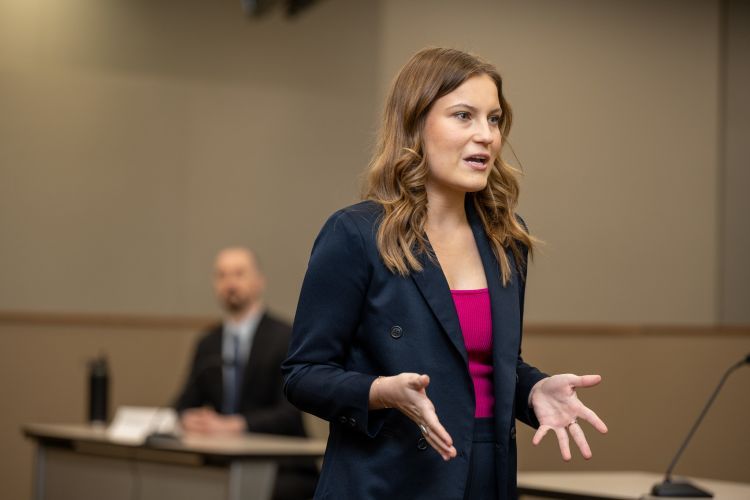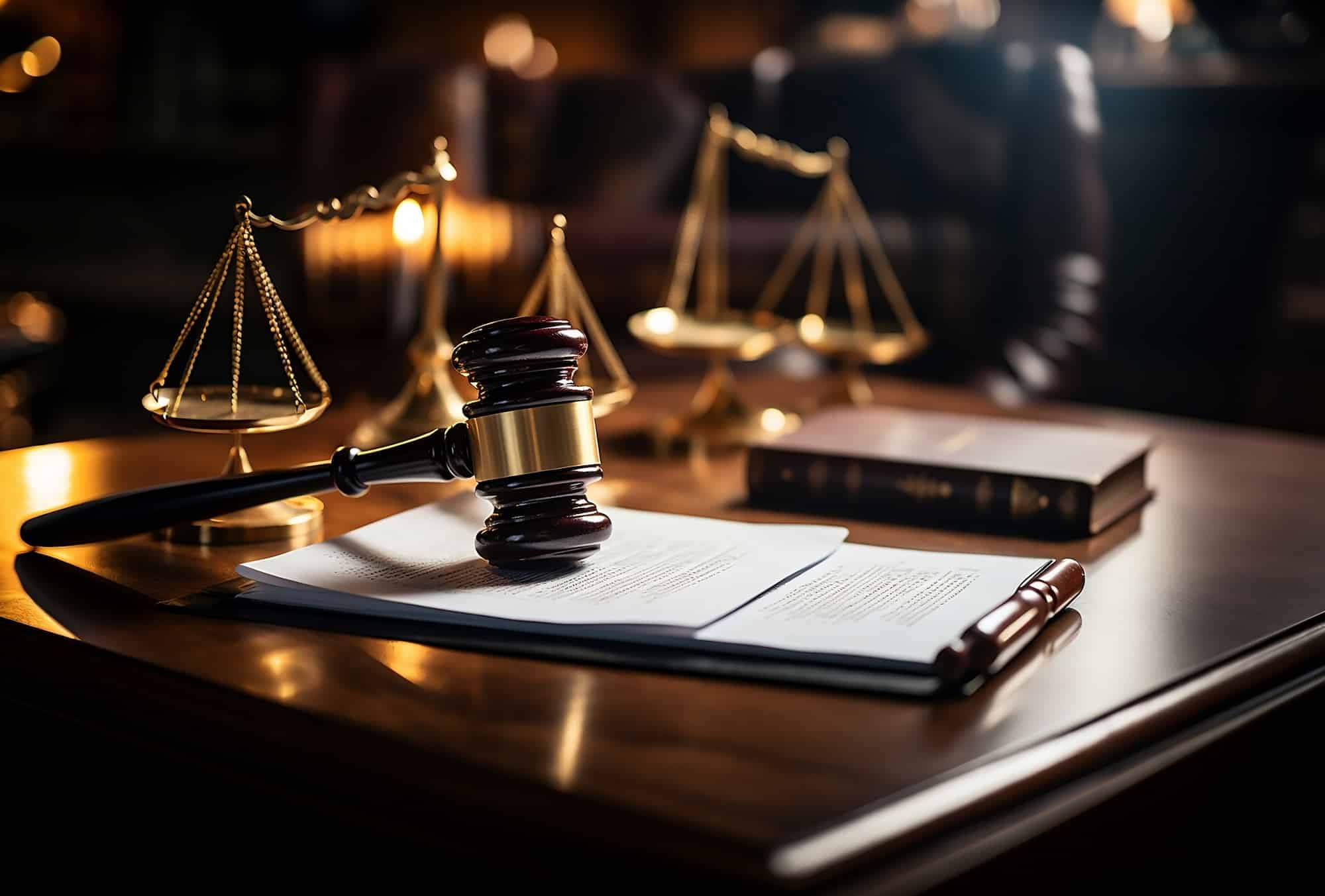Boost Your Legal Practice with Cutting-edge Trial Presentations: Finest Practices and Guidance
Boost Your Legal Practice with Cutting-edge Trial Presentations: Finest Practices and Guidance
Blog Article
Navigating the Complexities of Test Presentations: Tips for Seamless Distribution and Compelling Disagreements
In the world of lawful process, the art of test presentation stands as an essential component of success. As attorneys browse the elaborate web of court characteristics, the capability to flawlessly provide arguments and proof while captivating the court's focus ends up being critical. The complexities inherent in trial discussions need a delicate equilibrium of skill, approach, and finesse. By sharpening methods that make sure a refined delivery and crafting compelling arguments that reverberate with the audience, legal professionals can considerably enhance their advocacy. In a globe where persuasion reigns supreme, mastering the complexities of trial presentations is not simply an alternative yet a necessity for those seeking to prevail in the court room.

Recognizing Trial Goals
To efficiently browse a trial, it is crucial to have a clear understanding of the objectives that need to be achieved. Prior to stepping into the court, lawful groups must specify their goals and desired results. These purposes act as directing principles throughout the trial, forming strategies and influencing decision-making procedures.
Understanding test purposes includes a comprehensive analysis of the case, legal precedents, and the customer's best passions. Trial Presentations. It calls for a meticulous evaluation of the facts, identifying essential issues, and preparing for possible difficulties. By setting quantifiable and certain goals, lawyers can customize their presentations and debates to straighten with the preferred outcomes
Furthermore, a clear understanding of test purposes makes it possible for legal teams to focus on proof, witnesses, and legal disagreements properly. It permits the growth of a meaningful narrative that resonates with the discretionary, strengthening the general situation discussion.

Organizing Proof Effectively
Having a clear understanding of trial objectives lays the structure for arranging evidence properly in lawful proceedings - Trial Presentations. By aligning the discussion of proof with the wanted outcomes of the trial, lawful teams can enhance their debates and improve their persuasiveness. One important facet of arranging evidence is categorization. Grouping evidence based on themes or importance to details legal components can assist streamline the discussion and make complicated info extra absorbable for the court or jury.
Another trick element in organizing evidence efficiently is developing a rational circulation. Presenting proof in a coherent and consecutive way can aid build a compelling story that sustains the lawful debates being made. Furthermore, using aesthetic aids such as charts, timelines, or charts can additionally boost the organization of evidence and aid in clarifying intricate relationships or sequences of occasions.
Moreover, making certain that all proof presented is appropriate and acceptable to the instance is vital. Unnecessary or inadmissible proof can interfere with the stamina of the disagreement and potentially hurt the trustworthiness of the here and now party. A precise review and selection procedure must be undertaken to consist of only the most impactful and legally sound proof in the test discussion.
Crafting Persuasive Narratives
Crafting compelling stories plays a pivotal role in presenting persuasive arguments during legal proceedings. When constructing a narrative for a trial presentation, it is necessary to develop a clear storyline that highlights key factors and attaches them in a coherent manner. By weaving with each other proof, testimony, and legal debates important source right into a convincing and cohesive narrative, legal specialists can properly promote for their clients and increase the chance of a favorable result in the courtroom.
Understanding Visual Help
Reliable use aesthetic help is vital to enhancing the influence and clearness of trial discussions. Visual aids, when made use of tactically, have the power to simplify complex details, enhance bottom lines, and leave a lasting impact on the discretionary. To grasp aesthetic help in trial presentations, it is crucial to guarantee that they are clear, succinct, and pertinent to the disagreements being made.
When incorporating visual help, such as graphes, pictures, charts, or timelines, into a trial presentation, it is vital to keep them aesthetically appealing yet expert. The visuals should complement the verbal disagreements, giving a visual depiction of the info being gone over without overwhelming the audience with unneeded details.
Furthermore, experimenting the aesthetic aids ahead of time is vital to ensure a smooth delivery during the test. Acquainting oneself with the material, transitions, and timings of each visual aid can assist maintain the circulation of the presentation and prevent technical glitches that may arise.
Supplying Impactful Closing Disagreements
A compelling closing debate acts as the conclusion of a test presentation, encapsulating the core narrative and encouraging the discretionary in the direction of a beneficial choice. To deliver an impactful closing debate, it is important to succinctly summarize bottom lines, highlight the strengths of your situation, and resolve any kind of weaknesses in a critical fashion. Begin by outlining the primary disagreements that support your client's position, stressing why the evidence provided throughout the trial sustains your story. It is important to produce a feeling of communication and clarity, directing the discretionary in the direction of the preferred verdict.
Moreover, incorporating emotional charm can better enhance your closing debate. Inevitably, a well-crafted closing argument need to leave a long-term perception, engaging the judge and jury to rule in your client's favor.
Verdict
To conclude, grasping trial discussions entails recognizing purposes, organizing proof, crafting narratives, making use of aesthetic aids, and supplying impactful closing debates. By carrying out these approaches properly, attorneys can present their case flawlessly and make compelling debates in the courtroom. It is critical to browse the complexities of test presentations with precision and ability to achieve success in legal process.
By aligning the presentation of evidence with the desired end results of the test, lawful groups can enhance more helpful hints their disagreements and boost their persuasiveness (Trial Presentations). To grasp visual aids in test discussions, it is critical to guarantee that they are clear, concise, and pertinent to the his explanation arguments being made
An engaging closing disagreement offers as the culmination of a test discussion, enveloping the core story and persuading the court and jury in the direction of a desirable decision. Begin by outlining the major disagreements that sustain your client's placement, emphasizing why the proof offered throughout the test supports your narrative.In conclusion, understanding test presentations includes recognizing objectives, arranging proof, crafting stories, making use of aesthetic aids, and supplying impactful closing debates.
Report this page